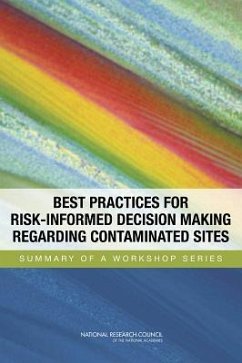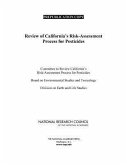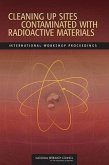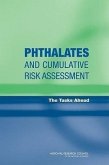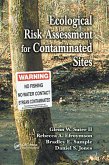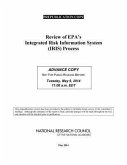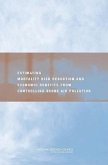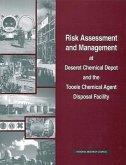The Department of Energy's Office of Environmental Management's (EM) mission is the safe cleanup of sites associated with the government-led development of nuclear weapons and nuclear energy. While many of these legacy sites have completed cleanup, the largest and most complex sites have not been fully remediated. The cleanup of these sites is proceeding under legally enforceable agreements with timelines for hundreds of milestones. EM is reviewing alternative approaches to increase effectiveness and improve cost efficiencies of its cleanup activities, especially for sites that will have residual contamination when active cleanup is complete. This report is the summary of two workshops convened in October 2013 and January 2014 on best practices for risk-informed remedy selection, closure, and post-closure control of radioactive and chemically contaminated sites that present significant difficulty for remediation to unrestricted release. The workshop series aimed to explore best practices that promote effective, risk-informed decision making and future opportunities to improve remediation approaches and practices.In the Workshop #1 section of Best Practices for Risk-Informed Decision Making Regarding Contaminated Sites, the report examines holistic approaches for remediating sites with multiple contaminant sources and post-closure uses, and approaches for incorporating a sustainability framework into decision making regarding site remediation, closure, and post-closure control. In Workshop #2, the report focuses on post-closure controls, assessment of long-term performance of site remedies, and best practices for risk-based remediation decisions.
Hinweis: Dieser Artikel kann nur an eine deutsche Lieferadresse ausgeliefert werden.
Hinweis: Dieser Artikel kann nur an eine deutsche Lieferadresse ausgeliefert werden.

